Mushroom Trees
Mycorrhizal Fungi Inoculated Trees
The same family of fungal - root association mushrooms (mycorrhizal) which benefit many commodity crops also form associations with the roots of most trees and shrubs. These lifelong symbiotic cooperations can result in enormously profitable and productive crops for ’Tree Farmers’.
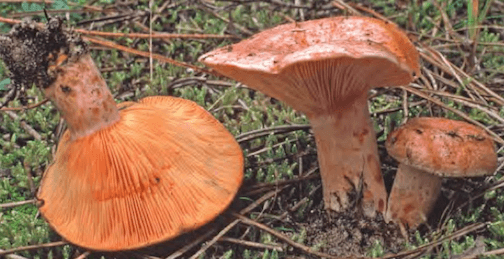
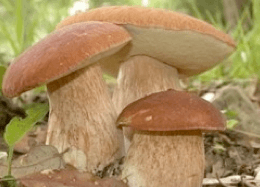
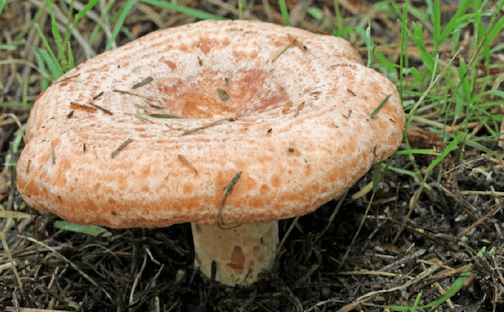
Mushrooms Growing on Trees roots
Mycor (fungus)- rhizal (roots)
There are several thousand edible mushrooms in this category but the commercial cultivation and production of these is just in its infancy. The technique for cultivation has been worked out for less than 1%.
Astoundingly, few are aware of this incredible potential and fewer still act upon it.
Very few possess the expertise and knowledge to reliably inoculate the roots of seedling trees with these types of fungi with any degree of success. These edible mycorrhizal mushrooms include some of the world’s most expensive foods and a global market exists for ‘wild’ mushrooms in USD Billions. Truffles, an underground fruiting variety, are one example of this mycorrhizal class and their cultivation has been ongoing since the 1800’s. Many varieties of highly valuable ‘above ground’ tree mushrooms still elude cultivation except for a few experts in the field and represent a huge untapped potential. For example, the annual market for porcini mushroom harvested from the wild (because there is no availability of cultivated product) is estimated to be over 2 Billion USD
Cultivation has several barriers:
- Understanding of the individual mushroom’s climatic, nutritional and tree species-specific affinity relationship requirements.
- A successful association is needed with a host plant.
- Contamination needs to be prevented or avoided with other mycorrhizal fungi both before and after the establishment of plantations
Mushroom Trees Production
3 Stages:
-
1 Successful inoculation based on specialized knowledge of appropriate trees species with the particular edible mushroom variety under ideal conditions for association.
-
2 Growing seedlings in carefully controlled conditions to avoid contamination
-
3 Establish and maintenance of mushroom tree plantations in appropriate climates, nutritional requirements and soil conditions.
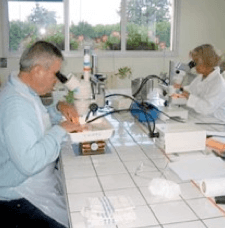
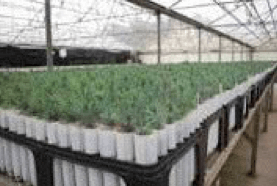
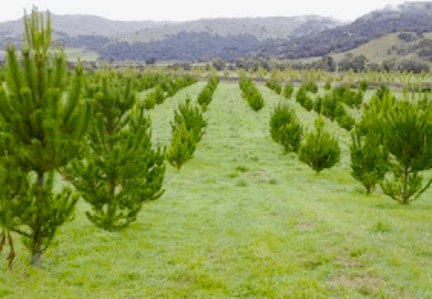
A big advantage to growing ‘above ground’ mushroom trees like saffron milk cap shown below is the ease of harvest since they are easily visible on the surface and distinctive; have a rapid return on investment and cash flow. Mushrooms can start appearing at 18 months. (One hectare equals 2.5 acres and one kilo is 2.2 lbs) Harvesting is done over a few months so you can keep your day job. 5 acres of mushroom trees can produce an amazing annual income.
Also, the mushroom trees have increasing commercial value as timber; and the trees thrive in the beneficial symbiotic relationship with the mycorrhizal fungi so everyone Wins! The annual income from mushrooms with time can equal the total value of the timber after 30 years of growth so most will not hurry to cut down the mushroom tree plantation. A bit like killing the ‘Goose that laid the Golden Eggs’.
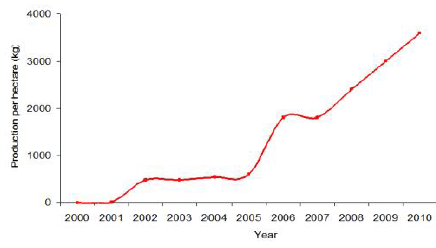
The Mushroom Tree Technology Project, part of iGrowOrganic, is advancing the Methodology to successfully inoculated mushroom trees for widespread planting of trees and the production of highly valuable gourmet mushrooms.
The establishment of a mycorrhizal tree inoculation/nursery is a significant undertaking but has large potential rewards. Parties interested in regional cooperations may contact us here.
